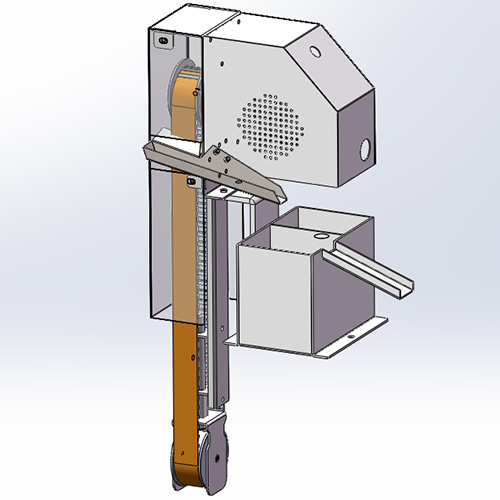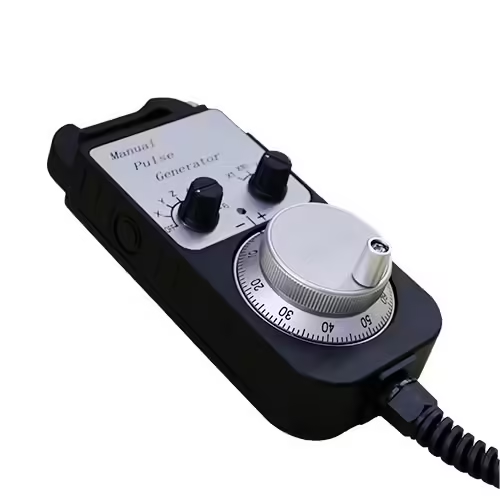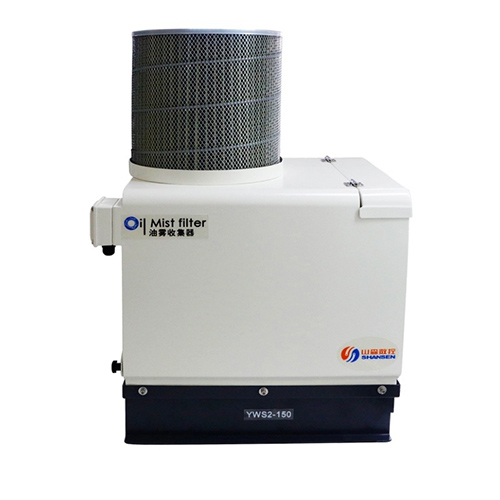-
WhatsAPP: +86 18706448138
-
Tengzhou, Shandong, China

Lathe Oil Mist Collector: Essential for Shop Safety
Precision and safety are paramount. Lathe oil mist collectors play a critical role in ensuring a clean and efficient workshop environment.
Table of Contents
Introduction
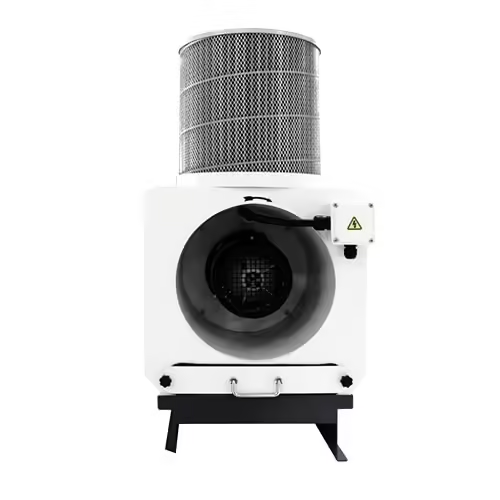
In modern machining, precision and safety are paramount. Lathe oil mist collectors play a critical role in ensuring a clean, safe, and efficientworkshop environment. These specialized devices capture oil mist, smoke, and fine particles generated during lathe operations, protecting workers’ health, maintaining equipment longevity, and ensuring compliance with environmental regulations. At Shansen, a leading developer and manufacturer of CNC machine electrical components since 2001, we understand the importance of integrating advanced solutions like lathe oil mist collectors into your operations. This blog explores why these systems are essential, how they work, and their benefits for shop safety and productivity.
What Is a Lathe Oil Mist Collector?
A lathe oil mist collector is a filtration system designed to remove oil mist, aerosols, and particulates produced during CNC lathe machining. When lathes operate at high spindle speeds, oil-based coolants used to reduce heat and friction can create fine mists or vapors. These airborne contaminants pose health risks to workers, contribute to slippery surfaces, and can damage sensitive machine components. A oil mist collector captures these particles through multi-stage filtration, ensuring cleaner air and a safer workplace.
How Oil Mist Collectors Work
Oil mist collectors use a combination of mechanical and filtration technologies to separate oil mist from the air. Typically, they employ a series of filters, including coarse pre-filters, fine mesh filters, and high-efficiency particulate air (HEPA) filters, to progressively remove contaminants. The process begins with a centrifugal or cyclonic separator that captures larger droplets, followed by finer filtration stages that trap smaller particles. The cleaned air is then released back into the shop or vented outside, while collected oil can often be recycled, adding an eco-friendly dimension to the system.
The Importance of Lathe Oil Mist Collectors for Worker Safety
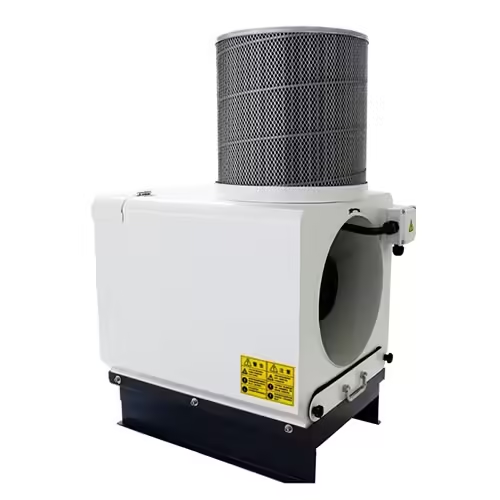
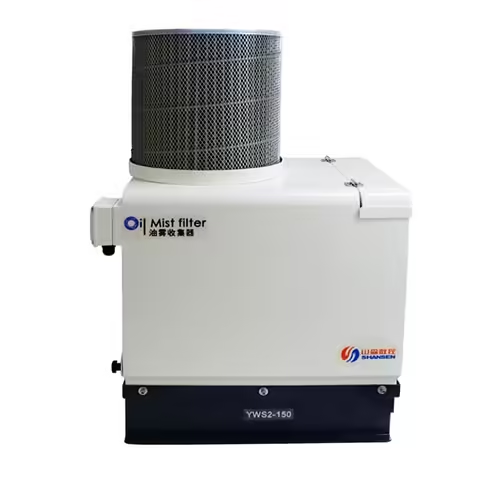
Inhaling oil mist over time can lead to respiratory issues, skin irritation, and other health problems. The Occupational Safety and Health Administration (OSHA) and other regulatory bodies set strict guidelines for permissible exposure limits to airborne contaminants in workplaces. A lathe oil mist collector helps shops comply with these standards by reducing airborne oil mist to safe levels. By prioritizing worker safety, businesses can reduce absenteeism, improve morale, and avoid costly penalties.
Health Risks of Oil Mist Exposure
Prolonged exposure to oil mist can cause serious health issues, including chronic bronchitis, asthma, and dermatitis. Fine particles can penetrate deep into the lungs, posing long-term risks. A oil mist collector mitigates these dangers by capturing harmful aerosols before they can be inhaled, creating a healthier work environment.
Enhancing Equipment Longevity with Lathe Oil Mist Collectors
Oil mist doesn’t just affect workers—it can also harm machinery. When oil mist settles on lathe components, it can attract dust and debris, leading to corrosion, wear, and reduced precision. By installing a oil mist collector, shops can keep their CNC machines cleaner, reducing maintenance costs and extending equipment lifespan. At Shansen, our commitment to high-quality CNC components since 2001 underscores the importance of protecting your investment with effective mist collection systems.
Reducing Maintenance Downtime
Oil mist buildup can clog critical machine parts, leading to unexpected downtime and costly repairs. A oil mist collector minimizes this risk by keeping the work environment clean, allowing lathes to operate at peak performance with fewer interruptions.
Environmental Benefits of Using a Lathe Oil Mist Collector
Beyond worker safety and equipment protection, lathe oil mist collectors contribute to environmental sustainability. By capturing and recycling oil, these systems reduce waste and prevent harmful emissions from entering the atmosphere. This aligns with modern manufacturing’s focus on eco-friendly practices, helping shops meet regulatory requirements and reduce their environmental footprint.
Key Features to Look for in a Lathe Oil Mist Collector
When selecting a lathe oil mist collector, several features ensure optimal performance. These include high-efficiency filtration (such as HEPA or MERV 15 filters), compact design for small shop spaces, low maintenance requirements, and customizable airflow capacity. At Shansen, we recommend choosing a system that matches your lathe’s specifications and shop environment to maximize efficiency.
Filtration Efficiency and Stages
A high-quality oil mist collector should have multiple filtration stages to capture particles of varying sizes. For example, a primary mechanical filter can remove larger droplets, while a secondary HEPA filter traps finer particles, achieving up to 99.97% efficiency. This multi-stage approach ensures cleaner air and better compliance with safety standards.
Compatibility with CNC Lathes
Not all oil mist collectors are suitable for every machine. For Swiss-style or high-speed CNC lathes, which generate significant mist due to their precision and speed, a collector with high airflow capacity is essential. Shansen’s expertise in CNC machine components ensures we recommend systems tailored to your specific equipment.
Comparing Lathe Oil Mist Collector Specifications
To help you choose the right lathe oil mist collector, the table below outlines key specifications to consider. This guide focuses on general features rather than specific brands, ensuring you can make an informed decision based on your shop’s needs.
| Feature | Description | Consideration |
|---|---|---|
| Filtration Efficiency | Percentage of particles captured (e.g., 95%–99.97% for HEPA filters) | Higher efficiency ensures cleaner air and better compliance with safety standards. |
| Airflow Capacity (CFM) | Volume of air processed per minute (e.g., 200–600 CFM for small to medium shops) | Match CFM to lathe enclosure size and mist generation rate. |
| Filter Lifespan | Duration before filter replacement (e.g., 1–3 years) | Longer lifespan reduces maintenance costs. |
| Noise Level (dB) | Sound produced during operation (e.g., 60–75 dB) | Lower noise levels improve worker comfort. |
| Size and Mounting | Physical dimensions and installation options (e.g., wall, floor, or machine-mounted) | Compact designs save space in smaller shops. |
| Power Consumption | Energy usage (e.g., 0.5–2 kW) | Energy-efficient models lower operating costs. |
This table provides a starting point for evaluating lathe oil mist collectors. Always consult your lathe’s specifications and shop requirements before purchasing.
Installation and Maintenance of Lathe Oil Mist Collectors
Proper installation and maintenance are critical to ensuring a lathe oil mist collector performs effectively. Most systems are designed for easy integration, with options for direct mounting on the lathe or standalone units. Regular maintenance, such as filter cleaning or replacement, ensures consistent performance. Shansen’s experience in CNC solutions highlights the importance of following manufacturer guidelines to avoid performance issues.
Tips for Effective Maintenance
To maximize the lifespan of your oil mist collector, check filters regularly for clogs and replace them as needed. Monitor airflow performance to detect any reductions in efficiency, and clean the unit’s exterior to prevent dust buildup. A well-maintained collector ensures long-term safety and cost savings.
Cost-Benefit Analysis of Lathe Oil Mist Collectors
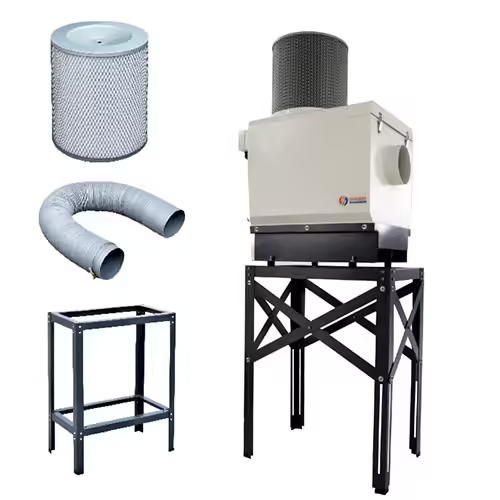
Investing in a lathe oil mist collector may seem like an added expense, but the long-term benefits outweigh the initial cost. By reducing health risks, equipment maintenance, and environmental penalties, these systems offer significant savings. Additionally, improved shop air quality can boost productivity by creating a more comfortable work environment.
Conclusion
A lathe oil mist collector is more than just a piece of equipment—it’s a critical investment in worker safety, equipment longevity, and environmental responsibility. By reducing health risks, protecting machinery, and ensuring compliance, these systems enhance every aspect of your workshop. At Shansen, founded in 2001 as a leader in CNC machine components, we encourage shops to prioritize safety and efficiency with a high-quality lathe oil mist collector. Contact us today to find the perfect solution for your machining needs and take the first step toward a cleaner, safer workshop.
FAQ
What is the main purpose of a lathe oil mist collector?
A lathe oil mist collector removes oil mist, smoke, and fine particles from the air during lathe operations, improving shop safety and air quality.
Can a lathe oil mist collector be used with any CNC lathe?
Most collectors are versatile but should be matched to the lathe’s mist output and enclosure size. Consult with experts like Shansen to ensure compatibility.
Are lathe oil mist collectors energy-efficient?
Many modern collectors are designed to minimize power consumption, using 0.5–2 kW depending on the model. Look for energy-efficient options to reduce costs.

